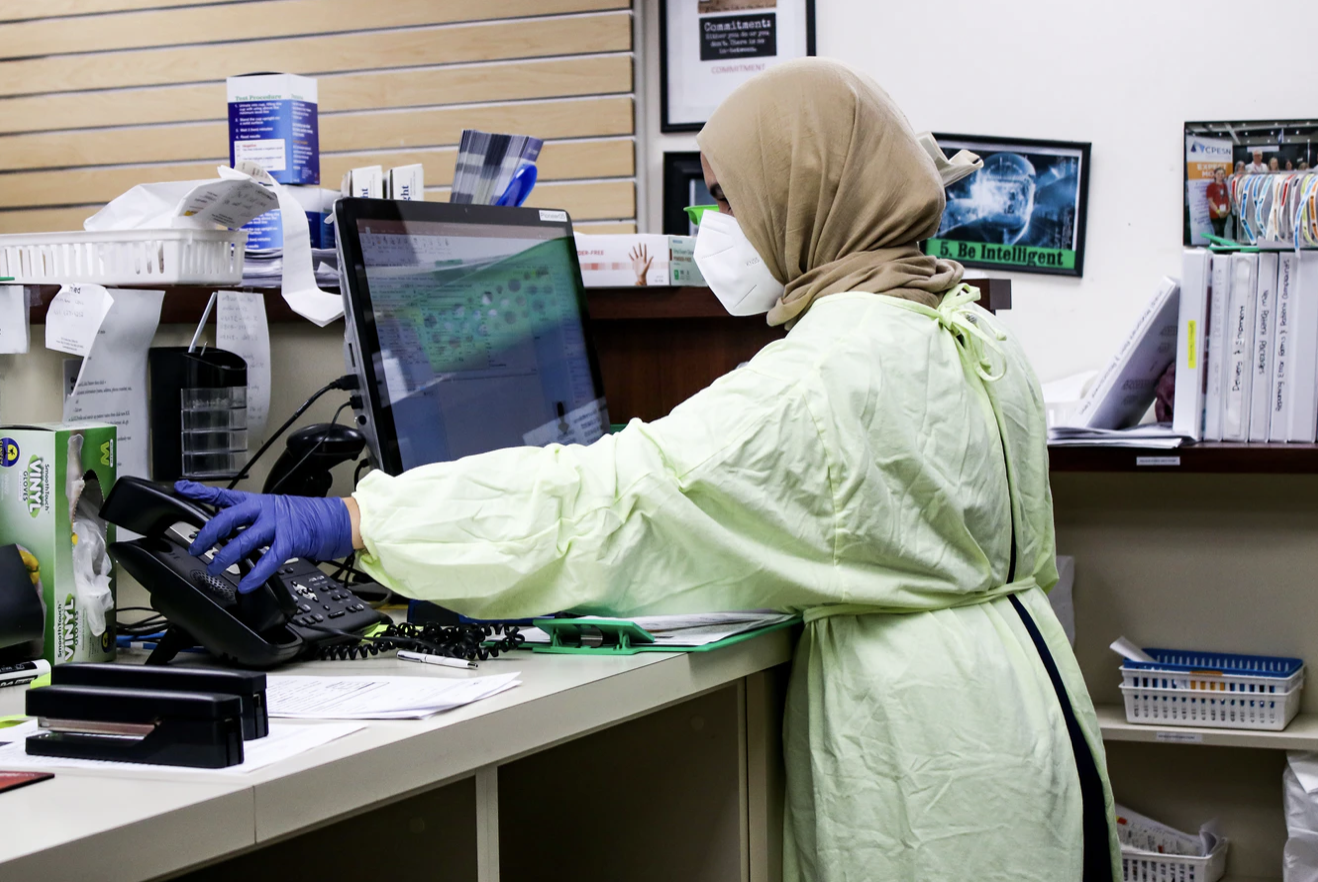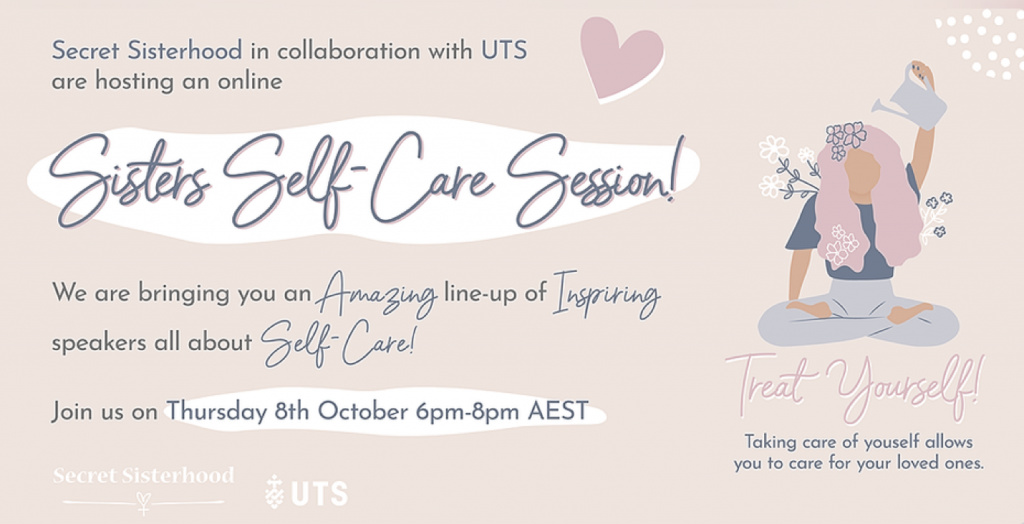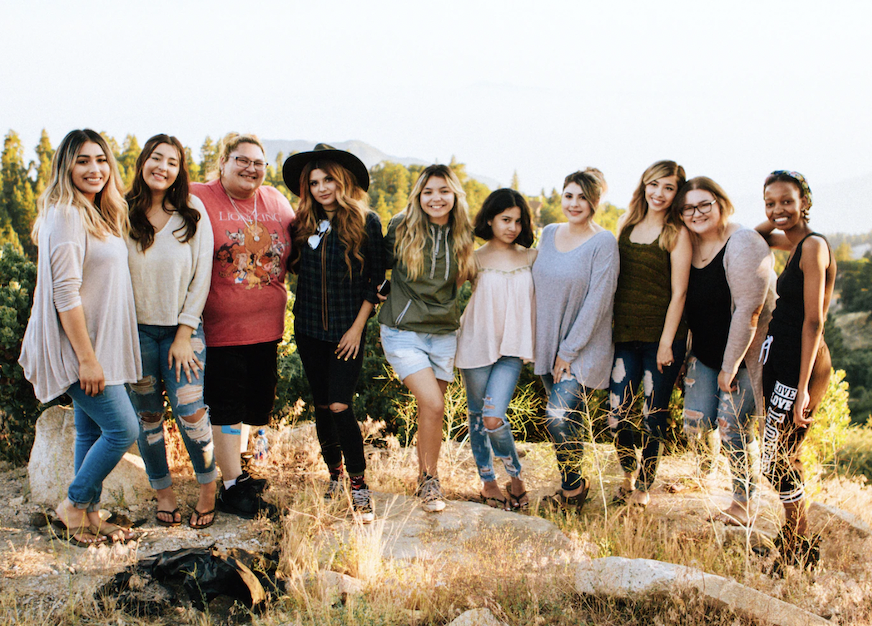COVID-19 has consumed public concern as efforts are made by governmental, institutional and civil bodies to combat the spread and fatal impact of this disease. The consequential restrictions and lockdowns affect us all in different ways. Here at the Secret Sisterhood, we want to raise awareness for women in vulnerable situations which have been, and continue to be, exacerbated by COVID-19.
| “When you are thinking about a pandemic, you have to differentiate between what comes from being infected and what comes from being affected” Clare Wenham, Assistant Professor of Global Health Policy |
OCCUPATIONAL DECLINE
Female dominated industries such as retail, hospitality and tourism were the first to suffer cutbacks and layoffs in response to the COVID-19 pandemic. This first wave of unemployment is sustained by second wave spreads, variant strains of the disease with faster transmission rates, lagging vaccine roll-outs and continued restrictions and lockdowns. Women’s employment in these service-oriented industries, especially in developing nations, is typically under informal agreement, leaving women without contractual protections against dismissal, paid leave or social protections.
OCCUPATIONAL HEALTH RISKS
Where millions of women are suffering from unemployment, there is also a group of women who are vulnerable in their line of work each day that the pandemic continues; healthcare workers. Globally, women constitute 70% of the health workforce, working predominantly as nurses, midwives and community health staff. Despite their majority, protective equipment for healthcare workers like masks and covers are designed for the ‘average size man’, a provision that has been found to leave women in the workforce more exposed to infection. According to a policy brief by the UN, 72% of all healthcare workers in Spain infected by COVID-19 were women. These figures reflect the urgent need to formulate workforce regulations and provisions in response to COVID-19 with women as a central lens.1
UNPAID CARE WORK
It is no secret that the demands for unpaid care work have grown exponentially since the start of COVID-19. What, too, has become glaringly obvious, is the imbalanced distribution of unpaid work between women and men.
Globally (high income countries included), we estimate that school and preschool closures created the need for 672 billion hours of additional unpaid childcare in 2020 through October. If the global care split was similar to that prior to COVID-19, it would suggest 173 additional unpaid childcare in 2020 per working age (15-64) woman, and 59 additional hours for men.2
These statistics may not account for the distribution of paid labour between female and male partners, which can inevitably impact the distribution of domestic and unpaid care work. But that isn’t the key takeaway from these numbers. What they speak to is a disappointing fact of globally upheld gender norms; that women, even in workplaces, will typically take on subservient or service-oriented roles, while their male counterparts take on higher-income leadership roles that make them the necessary worker in crises.
GENDER-BASED VIOLENCE
From June 9 to August 31 2020, the Queensland University of Technology (QUT) conducted a survey with over 362 respondents, all of whom are part of the Domestic Family Violence (DFV) sector as agencies and employees. From the executive summary of the findings report:
86% of respondents to our survey, reported an increase in the complexity of their client needs, 62% reported increases in the number of clients accessing their services during the COVID-19 pandemic, while 67% of DFV workers reported new clients seeking their help for the first time during the COVID-19 crisis.3
These findings are among thousands of others that continue to emerge as the pandemic continues and lockdowns/restrictions persist. Due to the private nature of domestic disputes, and several factors that may stop victims from reporting these disputes, we may never know the true severity of this shadow pandemic.4 It cannot be mistaken in any case, that during COVID-19, women are infinitely more vulnerable to the strength, brutality and aggression of certain men in their lives.
Resources





